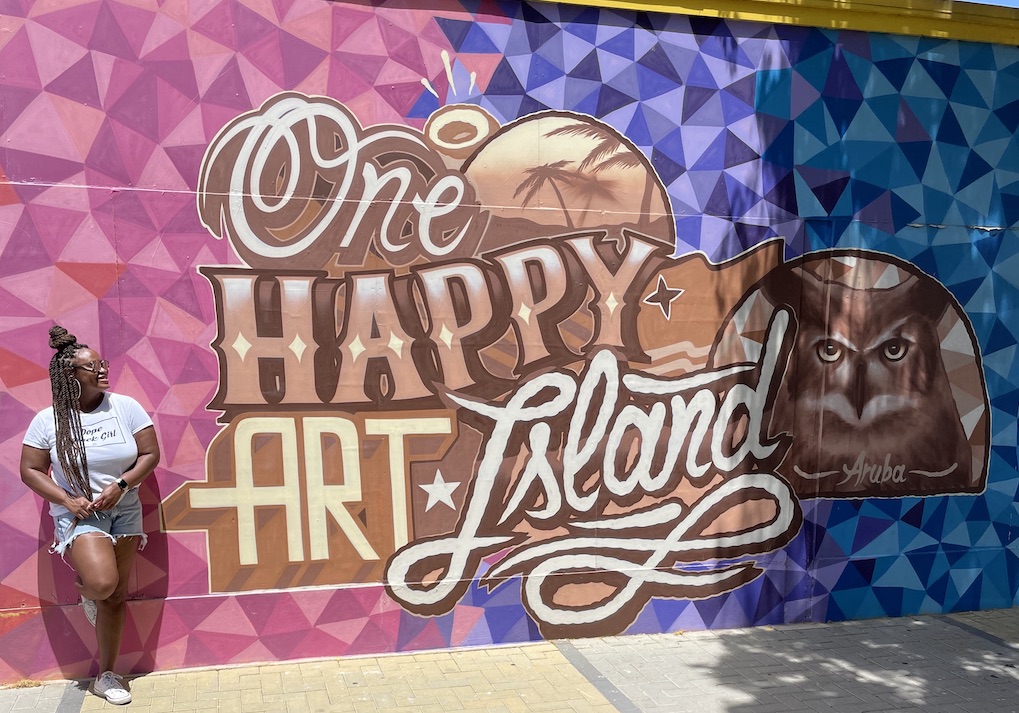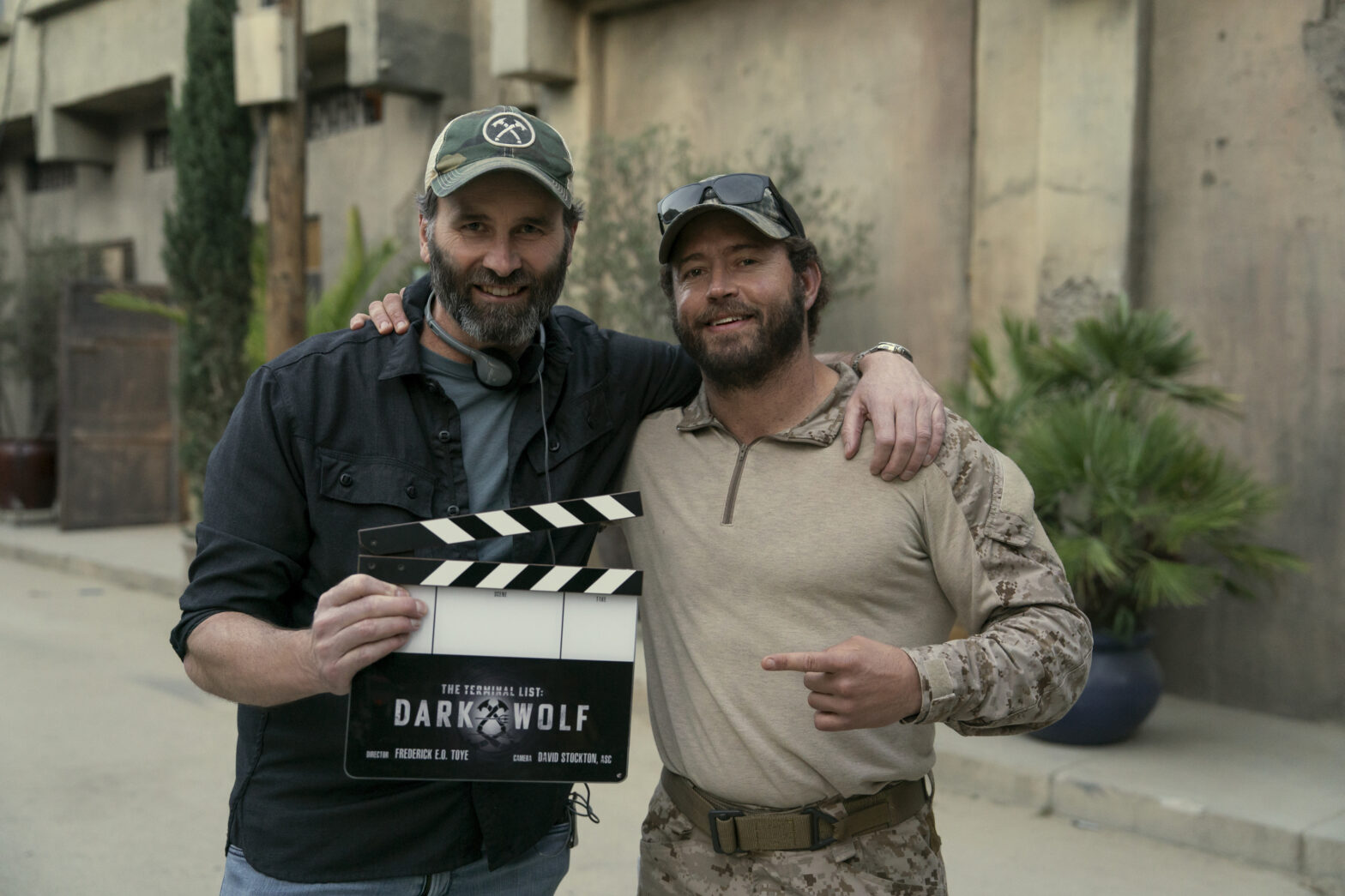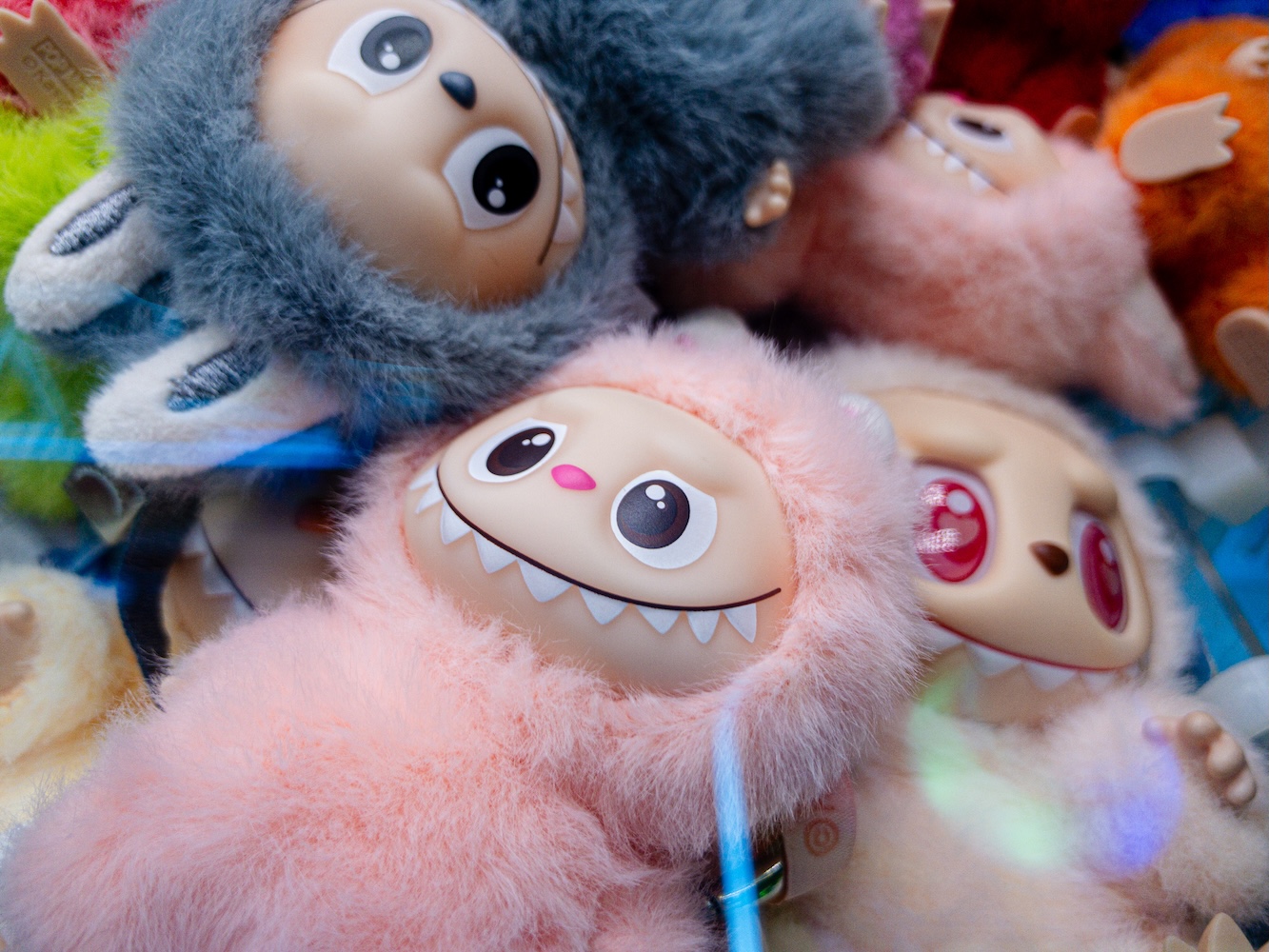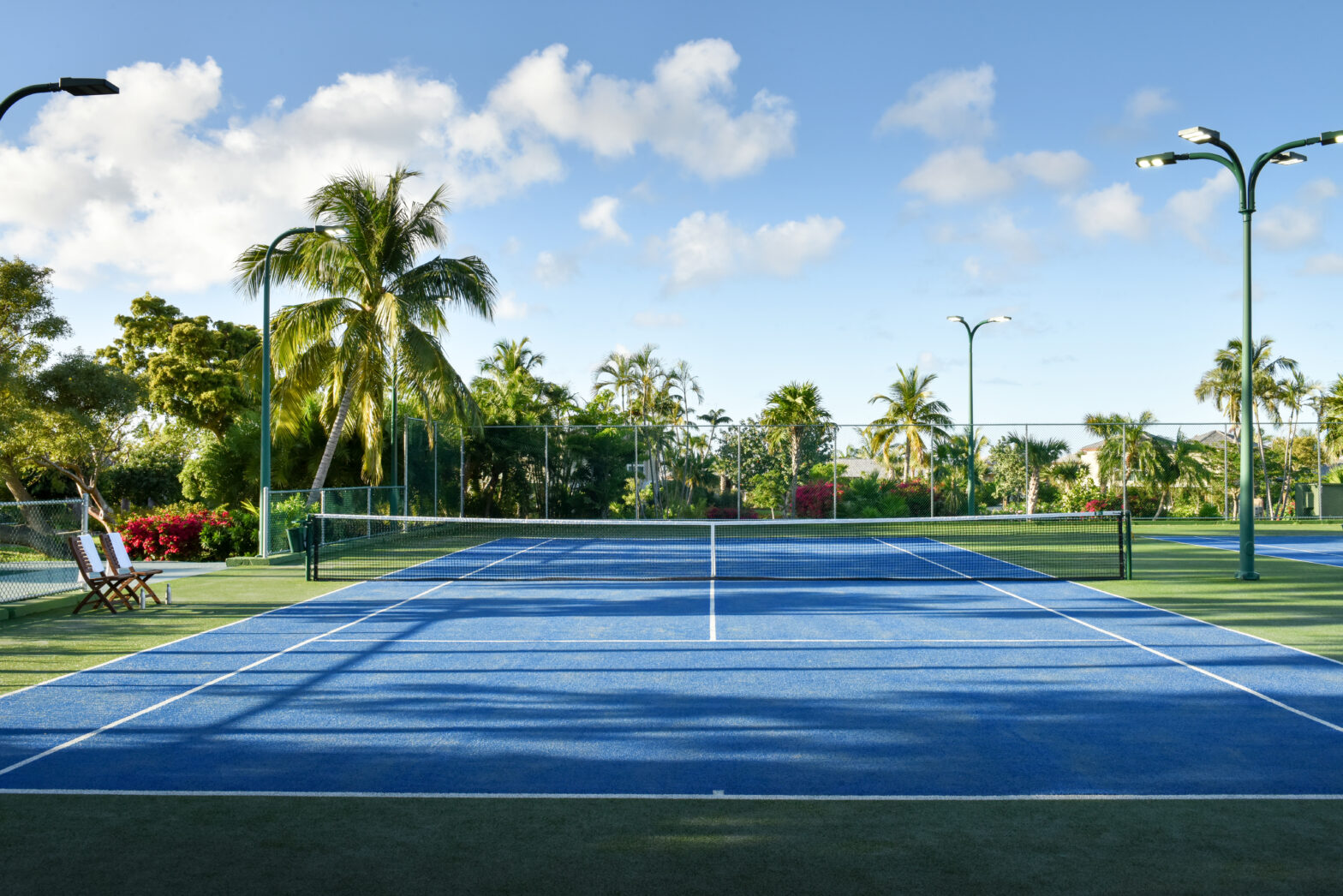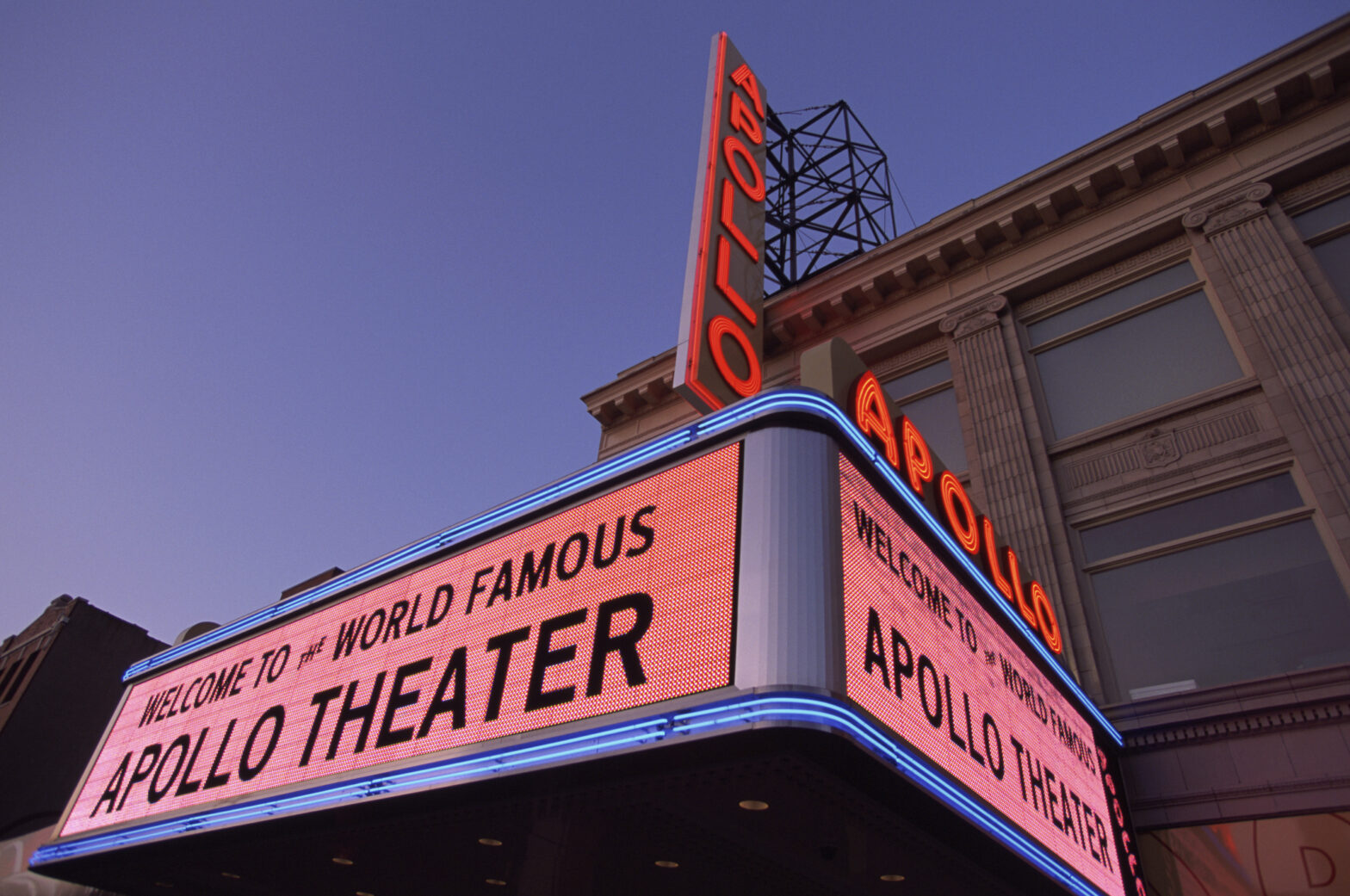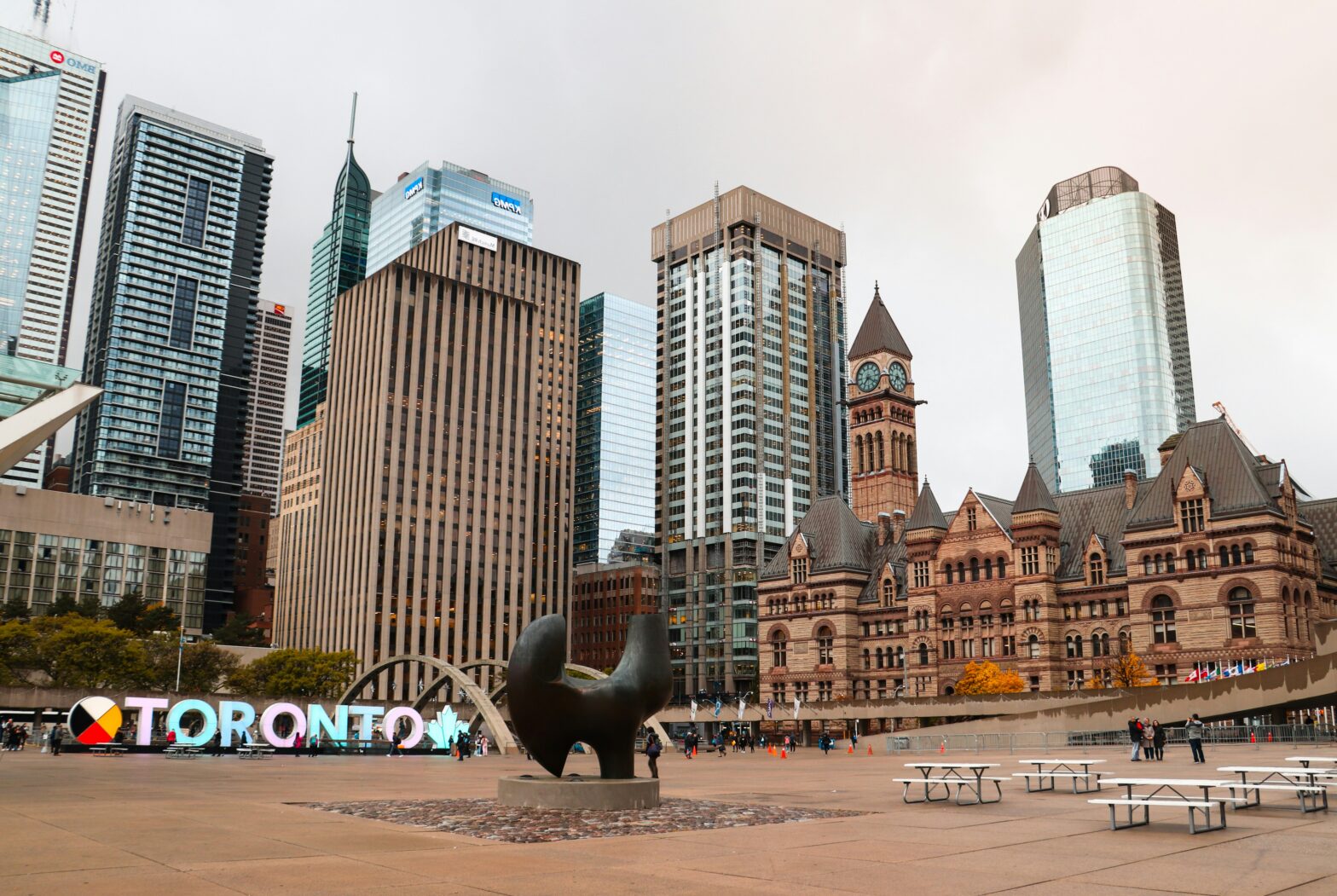Sitting just north of the coast of Venezuela is Aruba, the second-largest island within the ‘ABC islands’ (Aruba, Bonaire, and Curaçao) trio. The Aruba of today is truly a melting pot of cultures, with more than 95 nationalities being recorded across the nation. But, one can’t talk about Aruba without mention of San Nicolas, aka ‘chocolate city.’
Some locals may frown at the name, while others want it gone all together. But, San Nicolas is where the largest concentration of the island’s Afro and Black residents live. And they are working hard to preserve the culture.
According to island historians, there are no Black natives of Aruba. Like many Dutch Caribbean nations, enslaved men and women were brought over to the island from West Africa and other Caribbean nations to work in various industries.
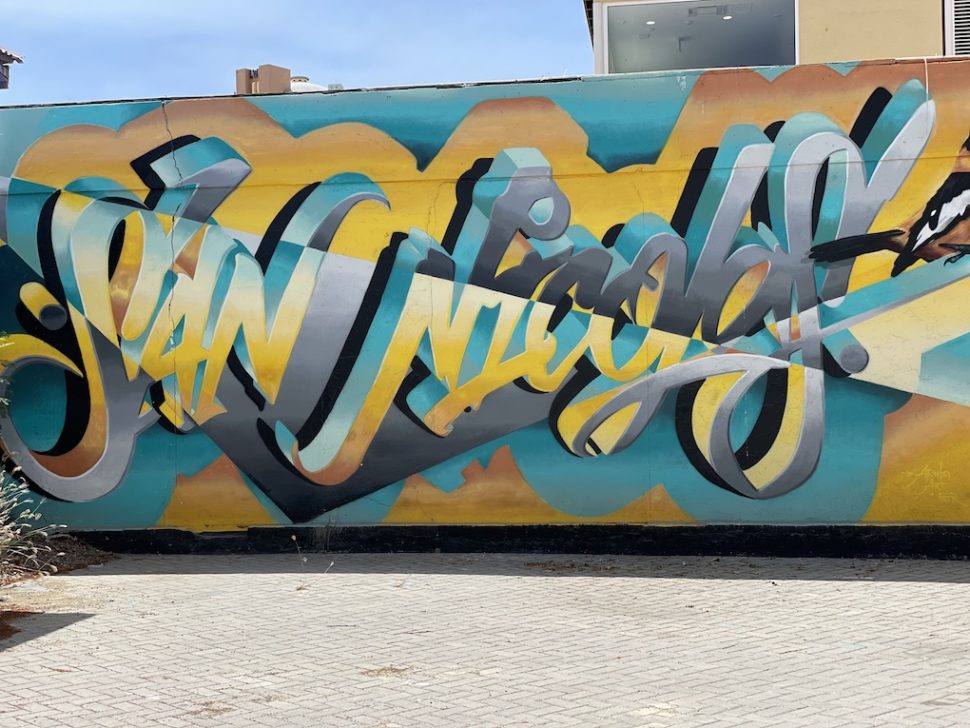
In the late 1920s, more Afro-Caribbean people made their way to the island from places like Jamaica, Grenada, and even Bonaire to seek work at the country’s bustling Standard Oil refinery, located in San Nicolas. The refinery was the main source of income for residents, as tourism hadn’t become mainstream at that time.
The new residents set up shop and began building their new life on the island, while truly making it home.
Sadly, the refinery closed not once, but three times over the course of 25 years due to challenging economics and being bought out by larger corp, Exxon.

While this left many of the immigrants out of work, they decided to stay and build something new. Most started families with other immigrants or natives, which can account for the dozens of cultures currently present in Aruba. One could also argue it is one of the birthplaces of Papiamento, a distinct language mixed with Creole, English, Spanish, and Dutch.
San Nicolas today
Today, the city of San Nicolas is said to be Aruba’s chocolate city. Separated from Oranjestad and the more touristy areas by a bridge, the community is truly the arts and culture neighborhood of the island. It is also the birthplace of the country’s Carnival celebrations, held yearly.
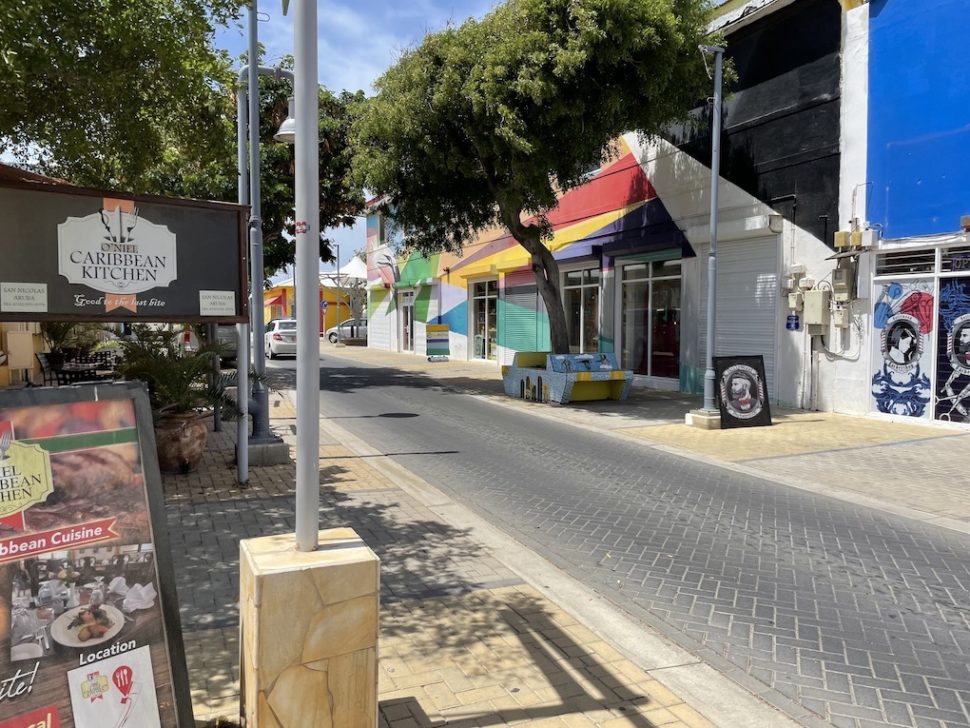
When you arrive, you’re met with more than 54 hand painted murals commissioned by local and international artists, including the popular ‘One Happy Art Island’ mural seen in marketing and branding for the destination.
Pre-COVID, you could celebrate the sights, sounds, and tastes of the island’s heritage during Island Fest— a free festival featuring local art, food, and music.

If you do happen to venture to San Nicolas during a visit, be sure to book a walking tour with the neighborhood historian and ‘walking Google,’ Leon Kratos. Kratos knows the neighborhood from top to bottom, and is one of the driving forces in preserving the art and culture.
You’ll also find most of the country’s few Black-owned businesses in the area. A hotel is in the works, but there is no word on when it would be finished and open to the public. Beyond the murals and culture, tourists also visit San Nicolas for Baby Beach, which is said to have some of the best snorkeling on the island.
